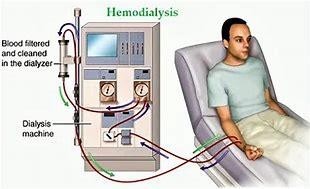A patient has a chronic digestive disease characterized by intermittent abdominal pain in the right lower quadrant, diarrhea, and loss of appetite. This condition is sometimes referred to as regional enteritis Which condition does this patient have?
Cirrhosis
Peptic ulcers
Pancreatitis
Crohn disease
The Correct Answer is D
Crohn disease is a chronic inflammatory bowel disease that can affect any part of the gastrointestinal tract, but most commonly involves the terminal ileum and colon. It causes transmural inflammation, granulomas, fistulas, strictures, and abscesses that can lead to complications such as bowel obstruction, perforation, bleeding, and malabsorption.
Nursing Test Bank
Naxlex Comprehensive Predictor Exams
Related Questions
Correct Answer is B
Explanation
Lymphedema is a chronic condition that occurs when the lymphatic system is impaired and cannot drain excess fluid from the tissues, resulting in swelling and discomfort in one or more limbs or body parts. It can be caused by an obstruction in the lymphatic system due to surgery, radiation therapy, infection, injury, or congenital malformation.
Correct Answer is D
Explanation
Hemodialysis is a type of dialysis that uses an external machine (an artificial kidney) to filter the blood of waste and excess fluid. Hemodialysis requires access to a large blood vessel, usually through an arteriovenous fistula or graft in the arm or leg.

Whether you are a student looking to ace your exams or a practicing nurse seeking to enhance your expertise , our nursing education contents will empower you with the confidence and competence to make a difference in the lives of patients and become a respected leader in the healthcare field.
Visit Naxlex, invest in your future and unlock endless possibilities with our unparalleled nursing education contents today
Report Wrong Answer on the Current Question
Do you disagree with the answer? If yes, what is your expected answer? Explain.
Kindly be descriptive with the issue you are facing.
